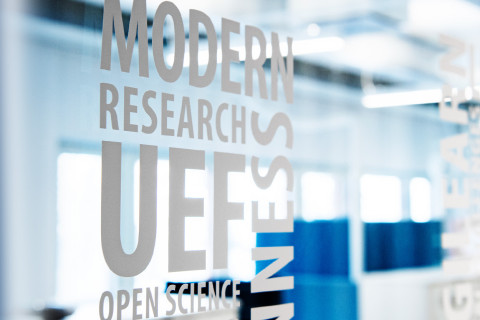The doctoral dissertation in the field of Dentistry will be examined at the Faculty of Health Sciences at Kuopio campus. The public examination will be streamed online.
What is the topic of your doctoral research? Why is it important to study the topic?
The topic of my doctoral research is Irradiation-induced bone changes in the mandible. Radiotherapy in the oro-facial region is often associated with unavoidable damage to the healthy surrounding hard and soft tissues in head and neck cancer patients. The effects of irradiation on the mandible have been investigated mainly using animal models, however, the studies on human material are limited. Understanding the long-term effects on the human mandible can enable enhanced bone health and better oral rehabilitation after radiotherapy. This dissertation provides information about radiation-induced microstructural, cellular, and biochemical changes on both the animal and human mandible.
What are the key findings or observations of your doctoral research?
The key findings of my animal research are that despite the alterations in the irradiated bone microstructure, optimal osseointegration with stable implants provided a basis for future clinical studies. Human material research provides biochemical compositional changes that affected the bone quality and mechanical competence of the bone. The structural and cellular changes observed under scanning electron microscopy (SEM) could contribute to radiation-induced bone damage or to the pathogenesis of Osteoradionecrosis (ORN), years after radiotherapy.
How can the results of your doctoral research be utilised in practice?
Oral rehabilitation with dental implants is crucial in the irradiated jawbone. The consequences of the radiation-induced changes in the bone tissue might increase the risk of implant failure. Results of my biochemical and histopathological studies help to understand the pathophysiological changes of the irradiated jawbone and can be useful to clinicians: first to develop follow-up protocols that can detect early-stage radiation-induced complications like ORN and prevent them and second to identify the risk for implant failure and develop strategies to preserve mandibular bone and improve implant outcomes.
What are the key research methods and materials used in your doctoral research?
This doctoral thesis was performed mainly in the research group of Professor Arja M. Kullaa at the Institute of Dentistry, University of Eastern Finland. Our research group used both canine and human mandibular bone tissue samples to evaluate the radiation-induced changes. Histological analysis of the canine mandibular bone was performed with light microscopy (LM) and morphological analysis with micro-CT and SEM. The biochemical composition of the irradiated bone was investigated using Raman spectroscopy. Histological and cellular changes were investigated with LM and SEM. Materials for the present thesis were acquired in collaboration with the Amsterdam UMC and Academic Centre for Dentistry (ACTA), VU Medical Center, Department of Oral and Maxillofacial Surgery/Oral Pathology, Amsterdam, The Netherlands.
The doctoral dissertation of Sridhar Reddy Padala, MDS, entitled Irradiation-induced bone changes in the mandible - A microstructural and biochemical study will be examined at the Faculty of Health Sciences. The Opponent in the public examination will be Professor Kyösti Oikarinen of the University of Oulu, and the Custos will be Professor Arja Kullaa of the University of Eastern Finland.
Doctoral defence
For further information, please contact:
Sridhar Reddy Padala, MDS, srpadala(a)uef.fi, +358418017121


